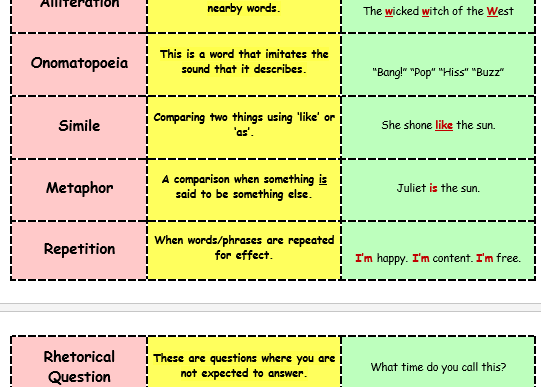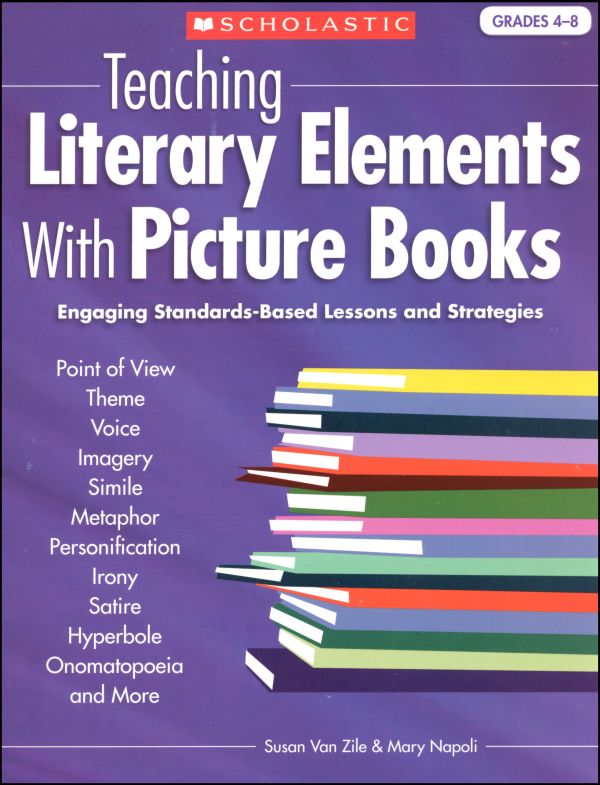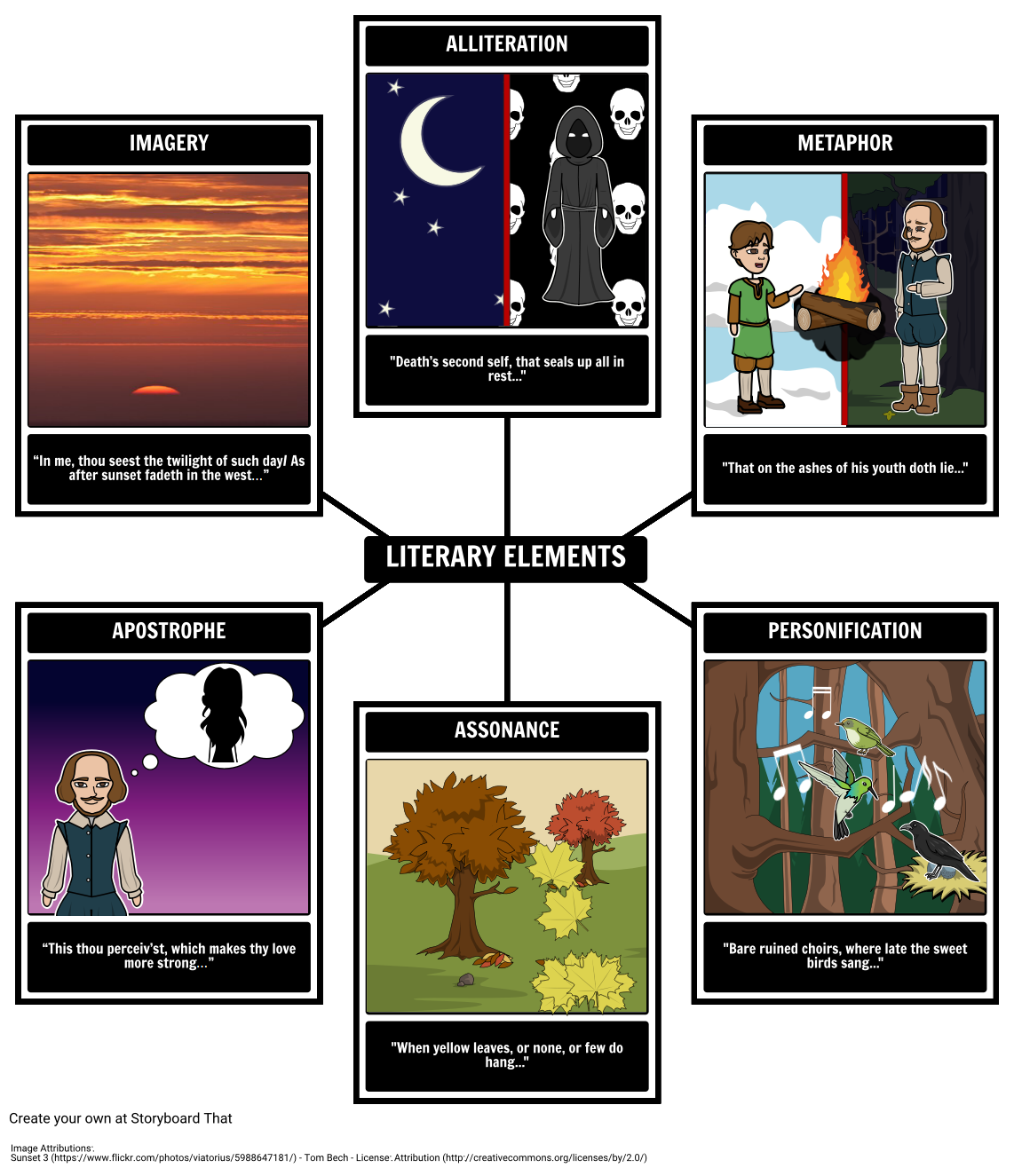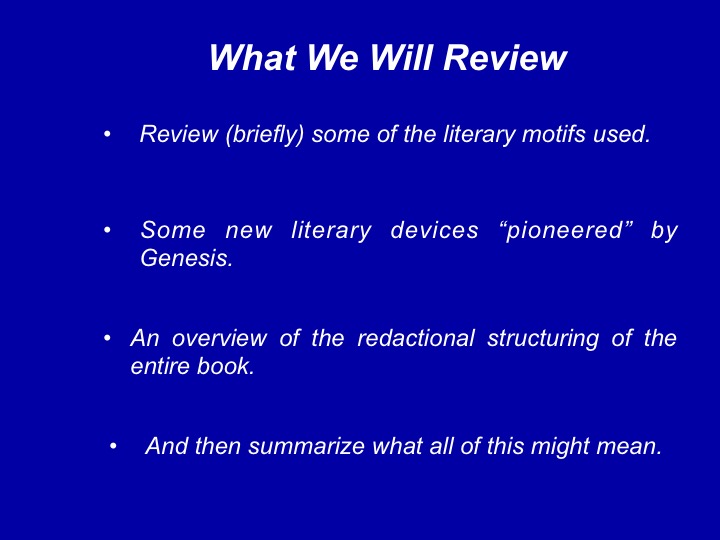Literary devices are techniques used in literature to add depth and complexity to a text, to evoke emotion or to create a particular effect on the reader. These devices can be found in poetry, fiction, and non-fiction, and can be used to create vivid imagery, to convey meaning, or to enhance the overall structure of a work. Some common literary devices include metaphors, similes, personification, alliteration, imagery, and symbolism.
Metaphors are comparisons between two unlike things that do not use the words "like" or "as." For example, "The road ahead is a long and winding journey" is a metaphor because it compares the road to a journey without using "like" or "as." Metaphors can be used to create vivid imagery and to convey complex ideas in a more relatable way.
Similes are comparisons between two unlike things that use the words "like" or "as." For example, "Her eyes were like stars, bright and shining" is a simile because it compares her eyes to stars using the word "like." Similes can also be used to create vivid imagery and to convey meaning in a more relatable way.
Personification is the attribution of human characteristics to non-human things or abstract concepts. For example, "The wind whispered secrets through the trees" is personification because it attributes human characteristics (whispering and having secrets) to the wind. Personification can be used to create vivid imagery and to add depth and emotion to a work.
Alliteration is the repetition of the same sound at the beginning of several words in a row. For example, "She sells seashells by the seashore" is alliteration because it repeats the sound "s" at the beginning of several words. Alliteration can be used to add rhythm and emphasis to a work.
Imagery is the use of descriptive language to create a vivid mental image in the reader's mind. For example, "The sun was a giant orange ball, slowly sinking into the horizon" is imagery because it uses descriptive language to create a mental image of the sun setting. Imagery can be used to create vivid imagery and to evoke emotion in the reader.
Symbolism is the use of symbols to represent ideas or concepts. For example, a white dove may symbolize peace, or a red rose may symbolize love. Symbolism can be used to add depth and complexity to a work and to convey meaning in a more subtle way.
In conclusion, literary devices are an important tool for writers to add depth, complexity, and emotion to their works. These devices can be used in a variety of literature, from poetry to fiction to non-fiction, and can help writers create vivid imagery, convey meaning, and enhance the overall structure of a work.









